Home>Renovation & DIY>Home Renovation Guides>What Type Of Grout For Kitchen Backsplash
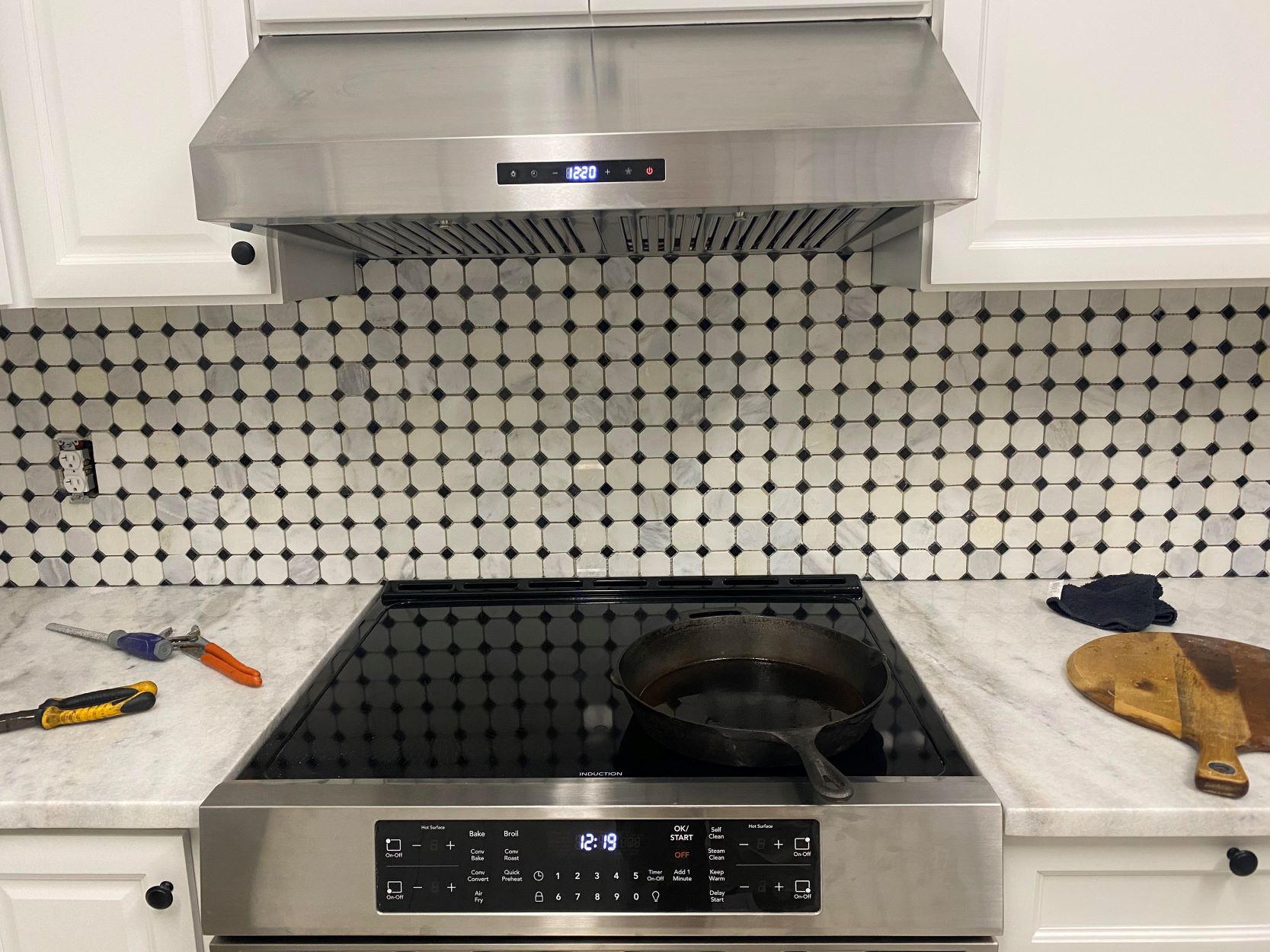

Home Renovation Guides
What Type Of Grout For Kitchen Backsplash
Modified: February 18, 2024
Learn about the best type of grout for your kitchen backsplash in this comprehensive home renovation guide. Find expert tips and advice for a successful project.
(Many of the links in this article redirect to a specific reviewed product. Your purchase of these products through affiliate links helps to generate commission for Storables.com, at no extra cost. Learn more)
Introduction
When it comes to renovating your kitchen, the backsplash is a crucial element that can elevate the overall aesthetic and functionality of the space. A well-chosen backsplash not only protects your walls from splashes and spills but also serves as a focal point, adding personality and style to the heart of your home.
One of the key decisions you'll face when installing a kitchen backsplash is choosing the right type of grout. Grout not only holds the tiles in place but also plays a significant role in the overall look and durability of the backsplash. With a myriad of options available, selecting the best grout for your kitchen backsplash can seem daunting. However, understanding the different types of grout, their characteristics, and the factors to consider can make this decision much more manageable.
In this comprehensive guide, we'll delve into the various types of grout suitable for kitchen backsplashes, explore the importance of choosing the right grout color, provide tips for applying grout effectively, and discuss the essential aspects of maintaining and cleaning grout. By the end of this article, you'll be equipped with the knowledge and insights needed to make informed decisions and ensure that your kitchen backsplash not only looks stunning but also stands the test of time. Let's dive in and discover the world of grout for kitchen backsplashes.
Key Takeaways:
- Choose the right grout type and color to match your kitchen’s needs and style. Cement-based grout offers versatility, while epoxy grout provides durability. Consider maintenance and design cohesion when selecting grout color.
- Follow essential grouting tips and maintenance practices for a stunning and long-lasting kitchen backsplash. Prepare the surface, work in sections, and seal the grout to uphold its appearance. Regular cleaning and preventive measures are key to preserving the grout’s cleanliness and integrity.
Read more: How To Clean Backsplash Grout
Types of Grout for Kitchen Backsplash
When it comes to selecting the right grout for your kitchen backsplash, it's essential to consider the specific needs of the space and the desired aesthetic. Grout comes in various types, each with its unique characteristics and suitability for different applications. Understanding the distinctions between these types can help you make an informed decision that aligns with your preferences and practical requirements.
1. Cement-Based Grout
Cement-based grout, a popular choice for kitchen backsplashes, consists of a blend of cement, sand, and additives. It is available in sanded and unsanded varieties, with sanded grout being suitable for wider joints and unsanded grout ideal for thinner joints. Cement-based grout is durable, affordable, and comes in a wide range of colors, making it a versatile option for various kitchen designs.
2. Epoxy Grout
Epoxy grout is a resilient and stain-resistant option that is highly suitable for kitchen backsplashes, especially in areas prone to moisture and frequent cleaning. Composed of epoxy resins and a filler powder, this type of grout offers exceptional durability and is resistant to stains, chemicals, and water. While epoxy grout is relatively more expensive and challenging to work with, its long-term benefits make it a compelling choice for a high-traffic kitchen environment.
3. Furan Grout
Furan grout is a specialized type known for its exceptional resistance to chemicals, acids, and extreme temperatures, making it a preferred option for commercial kitchens and industrial settings. Although less common in residential applications, furan grout's unparalleled durability and resistance to harsh conditions make it a noteworthy consideration for homeowners seeking long-lasting performance in their kitchen backsplashes.
Read more: What Type Of Mortar For Backsplash
4. Pre-Mixed Grout
Pre-mixed grout offers convenience and ease of use, making it an attractive option for DIY enthusiasts and those looking to streamline the installation process. This type of grout is premixed with water and comes ready to use, eliminating the need for additional mixing and ensuring consistent quality. While pre-mixed grout may have limitations in terms of color options, it provides a hassle-free solution for achieving a professional finish in your kitchen backsplash project.
By understanding the characteristics and applications of these different grout types, you can make an informed decision that aligns with your kitchen's specific requirements and your desired aesthetic. The next step in creating a stunning and durable kitchen backsplash is choosing the right grout color, a decision that can significantly impact the overall look and feel of the space.
Choosing the Right Grout Color
Selecting the right grout color is a pivotal decision that can significantly influence the overall appearance of your kitchen backsplash. The color of the grout can either blend seamlessly with the tiles for a cohesive look or create a striking contrast to make a design statement. When choosing the grout color for your kitchen backsplash, several factors come into play, and understanding these considerations can help you make an informed and visually impactful decision.
1. Complementing the Tile
The grout color should complement the color and style of the tiles while enhancing their visual appeal. For a classic and timeless look, choosing a grout color that closely matches the tile color creates a cohesive and harmonious backdrop. On the other hand, opting for a contrasting grout color can accentuate the individual tiles, adding depth and visual interest to the backsplash.
2. Considering Maintenance
While light-colored grout can brighten the space and create an airy ambiance, it is more prone to staining and discoloration, especially in a kitchen environment. Darker grout, while offering better stain resistance, can create a bold and dramatic effect. Balancing the desired aesthetic with practical considerations such as maintenance and longevity is essential when selecting the grout color.
Read more: How To Grout Stone Backsplash
3. Evaluating the Visual Impact
The grout color can influence the perceived pattern and layout of the tiles. A grout color that closely matches the tile color can create a seamless, uninterrupted look, ideal for a clean and contemporary aesthetic. Conversely, using a contrasting grout color can emphasize the pattern and layout of the tiles, adding a decorative element to the backsplash.
4. Harmonizing with the Overall Design
Consider the overall design and color scheme of your kitchen when choosing the grout color. Harmonizing the grout color with the cabinetry, countertops, and wall paint can create a cohesive and unified look, contributing to a well-coordinated and visually appealing kitchen space.
5. Sampling and Testing
Before making a final decision, it's advisable to test the grout colors alongside the tiles to visualize the potential outcome. Creating small grout samples with different color options allows you to assess how each choice interacts with the tiles and the overall kitchen environment, helping you make a confident and informed decision.
By carefully considering these factors and exploring the visual impact of different grout colors, you can select a grout color that not only enhances the aesthetic appeal of your kitchen backsplash but also aligns with your practical needs and design preferences. The right grout color can elevate the entire look of your kitchen, creating a stunning and personalized space that reflects your unique style and taste.
Tips for Applying Grout
Applying grout is a crucial step in the process of installing a kitchen backsplash, and attention to detail during this stage can significantly impact the final outcome. Here are essential tips to ensure a successful and professional grouting process:
-
Prepare the Surface: Before applying grout, ensure that the tile adhesive has fully cured. Clean the tiles to remove any adhesive residue or dust, and verify that the tile joints are clean and free of debris. Proper surface preparation is essential for achieving a clean and durable grout application.
-
Mixing Consistency: When mixing grout, aim for a smooth and lump-free consistency. Follow the manufacturer's instructions regarding the water-to-grout ratio to achieve the desired texture. Consistent mixing ensures that the grout spreads evenly and adheres effectively to the tile joints.
-
Work in Sections: To prevent the grout from drying out before it can be properly worked into the joints, it's advisable to work in small sections at a time. This approach allows you to focus on achieving a uniform and well-packed grout application without feeling rushed.
-
Application Technique: Use a rubber grout float to apply the grout diagonally across the tile joints, ensuring that the grout fills the spaces completely. Hold the float at a 45-degree angle and use firm, sweeping motions to pack the grout into the joints while removing excess grout from the tile surfaces.
-
Remove Excess Grout: After applying the grout, use the edge of the grout float to scrape off excess grout from the tile surfaces at a 45-degree angle. This step helps create a smooth and even grout line while minimizing the need for extensive cleaning later.
-
Initial Cleaning: Once the grout has set for a specific duration as per the manufacturer's instructions, use a damp grout sponge to gently clean the tile surfaces and remove any grout haze. Rinse the sponge frequently and avoid applying excessive pressure to prevent disturbing the grout lines.
-
Final Buffing: After the grout has fully cured, use a dry cloth or chamois to buff the tile surfaces and remove any remaining haze. This final step enhances the sheen of the tiles and ensures a polished finish.
By following these tips for applying grout, you can achieve a professional and visually appealing result that enhances the overall look of your kitchen backsplash. Attention to detail and proper technique during the grouting process contribute to a durable and aesthetically pleasing finish that elevates the entire kitchen space.
Read more: How To Do Grout For Backsplash
Maintaining and Cleaning Grout
Proper maintenance and regular cleaning are essential for preserving the appearance and integrity of grout in a kitchen backsplash. Over time, grout can accumulate dirt, grime, and stains, detracting from the overall aesthetic of the backsplash. By implementing effective maintenance practices and employing suitable cleaning techniques, you can ensure that your grout remains in top condition, contributing to a visually appealing and hygienic kitchen environment.
Sealing Grout
One of the most crucial steps in maintaining grout is to seal it properly. Grout sealers create a protective barrier that repels moisture, stains, and contaminants, thereby prolonging the grout's lifespan and facilitating easier cleaning. Depending on the type of grout used, whether cement-based, epoxy, or furan, selecting an appropriate sealer is essential. For kitchen backsplashes, where exposure to moisture and cooking residues is common, a high-quality penetrating sealer is recommended to safeguard the grout against potential damage.
Regular Cleaning Routine
Establishing a regular cleaning routine for your grout is key to preventing the buildup of dirt and stains. Using a gentle, pH-neutral cleaner specifically formulated for grout, regularly clean the grout lines to remove surface dirt and maintain a fresh appearance. Avoid harsh or abrasive cleaners that can erode the grout over time, and opt for non-toxic, eco-friendly cleaning solutions to promote a healthy kitchen environment.
Deep Cleaning and Stain Removal
In addition to routine cleaning, periodic deep cleaning of grout is necessary to address stubborn stains and discoloration. For light-colored grout prone to staining, a paste made of baking soda and water can be applied to the grout lines and gently scrubbed to lift stains effectively. Alternatively, specialized grout cleaners or homemade solutions using vinegar and hydrogen peroxide can be utilized to tackle tough stains while being mindful of the grout type and any manufacturer recommendations.
Read more: How To Remove Backsplash Grout
Preventive Measures
To minimize the accumulation of dirt and grime, consider implementing preventive measures such as using a splatter guard while cooking to reduce grease and food splatters on the backsplash. Regularly wiping down the backsplash after cooking can prevent residues from settling into the grout, preserving its cleanliness and appearance.
Professional Maintenance
For heavily stained or deteriorated grout, seeking professional maintenance services, such as grout steam cleaning or resealing, can revitalize the grout and restore its original luster. Professional maintenance not only addresses persistent grout issues but also ensures that the grout remains in optimal condition for years to come.
By incorporating these maintenance and cleaning practices into your kitchen care routine, you can uphold the beauty and functionality of your grout, prolonging the life of your kitchen backsplash and preserving its visual appeal. Prioritizing grout maintenance and employing effective cleaning strategies contribute to a welcoming and hygienic kitchen environment, reflecting your commitment to maintaining a well-kept and stylish living space.
Conclusion
In conclusion, the selection of grout for your kitchen backsplash is a decision that encompasses both practical considerations and design preferences. Understanding the different types of grout, their characteristics, and suitability for various applications empowers homeowners to make informed choices that align with their specific needs and aesthetic vision.
The versatility of cement-based grout, the resilience of epoxy grout, and the exceptional durability of furan grout offer a range of options to cater to different kitchen environments. Whether it's a DIY project or a professional installation, the choice of grout type plays a pivotal role in ensuring the longevity and visual impact of the kitchen backsplash.
Furthermore, the significance of choosing the right grout color cannot be overstated. The color of the grout can harmonize with the tiles for a seamless look or create a striking contrast to elevate the design. By carefully considering factors such as tile color, maintenance requirements, visual impact, and overall design cohesion, homeowners can select a grout color that enhances the aesthetic appeal of the kitchen while aligning with practical considerations.
The application of grout demands attention to detail and adherence to best practices to achieve a professional finish. From surface preparation to mixing consistency and application technique, each step contributes to the overall quality and durability of the grout installation. By following essential tips for applying grout, homeowners can ensure a successful and visually appealing outcome that enhances the entire kitchen space.
Moreover, the maintenance and cleaning of grout are essential for preserving its appearance and integrity over time. Sealing the grout, establishing a regular cleaning routine, and implementing preventive measures contribute to a well-maintained and hygienic kitchen environment, reflecting the homeowner's commitment to the upkeep of their living space.
In essence, the world of grout for kitchen backsplashes encompasses a blend of practicality, creativity, and maintenance. By understanding the nuances of grout selection, color choice, application techniques, and maintenance practices, homeowners can create a kitchen backsplash that not only reflects their personal style but also stands the test of time, contributing to a welcoming and visually captivating kitchen environment.
Frequently Asked Questions about What Type Of Grout For Kitchen Backsplash
Was this page helpful?
At Storables.com, we guarantee accurate and reliable information. Our content, validated by Expert Board Contributors, is crafted following stringent Editorial Policies. We're committed to providing you with well-researched, expert-backed insights for all your informational needs.
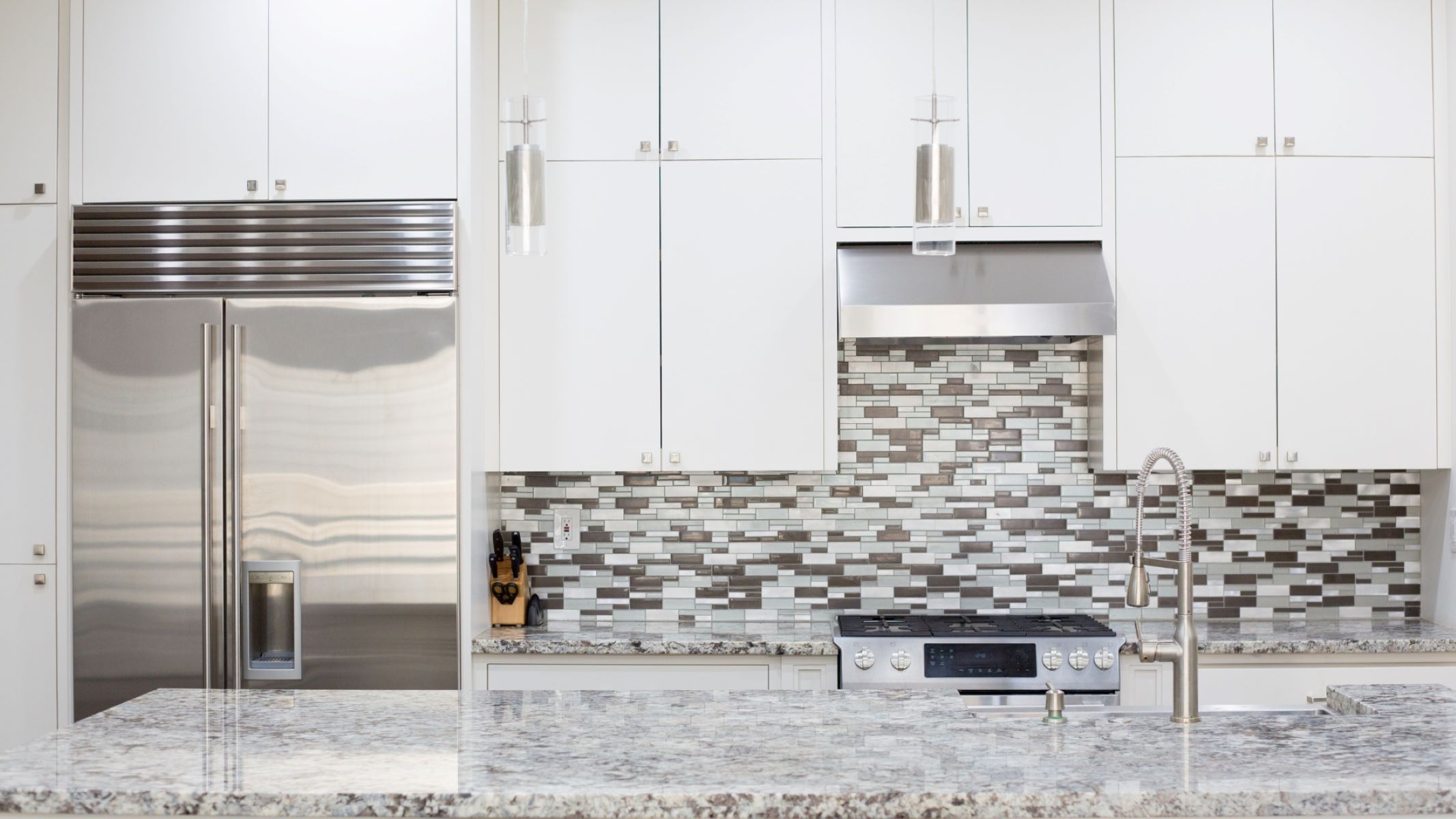
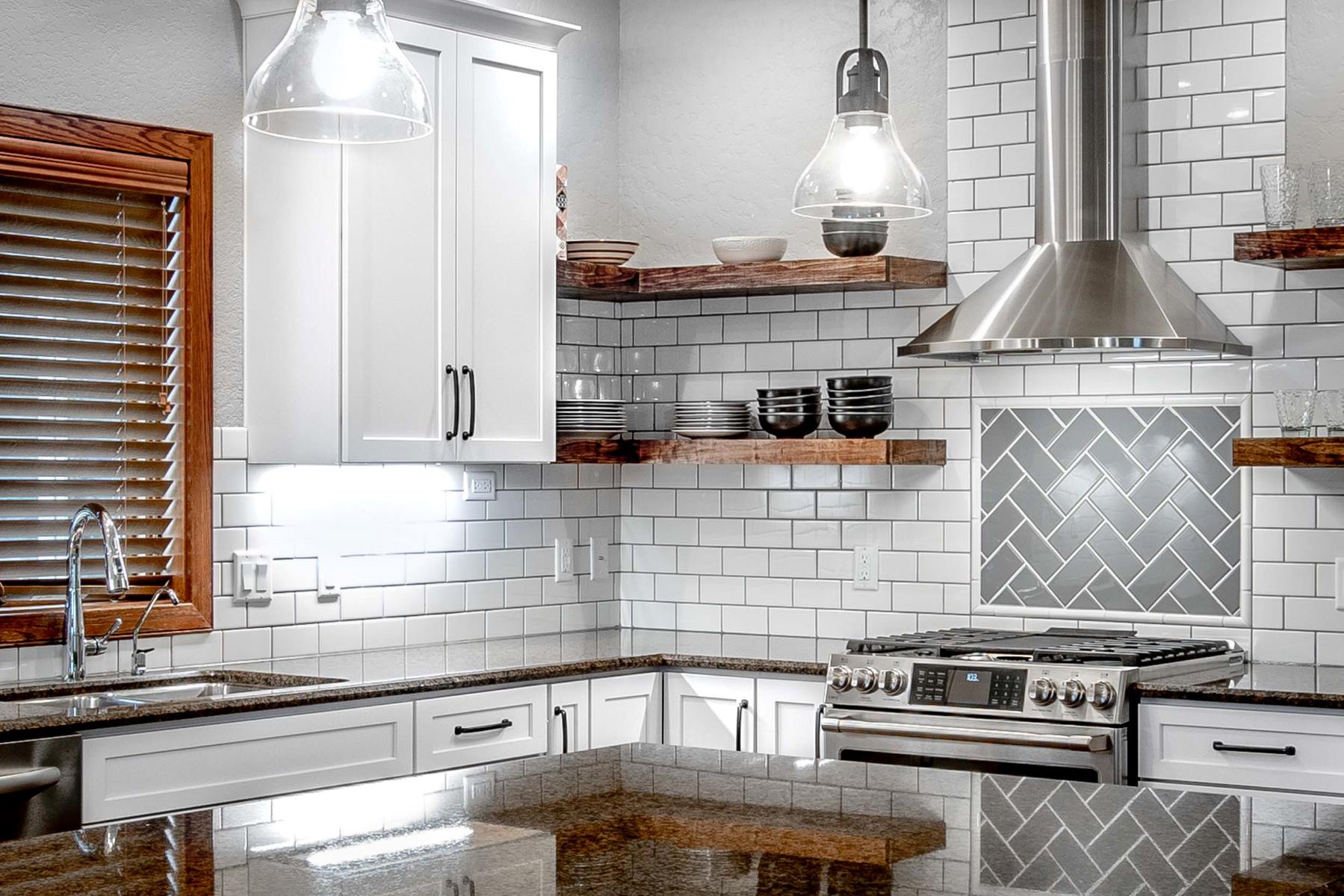
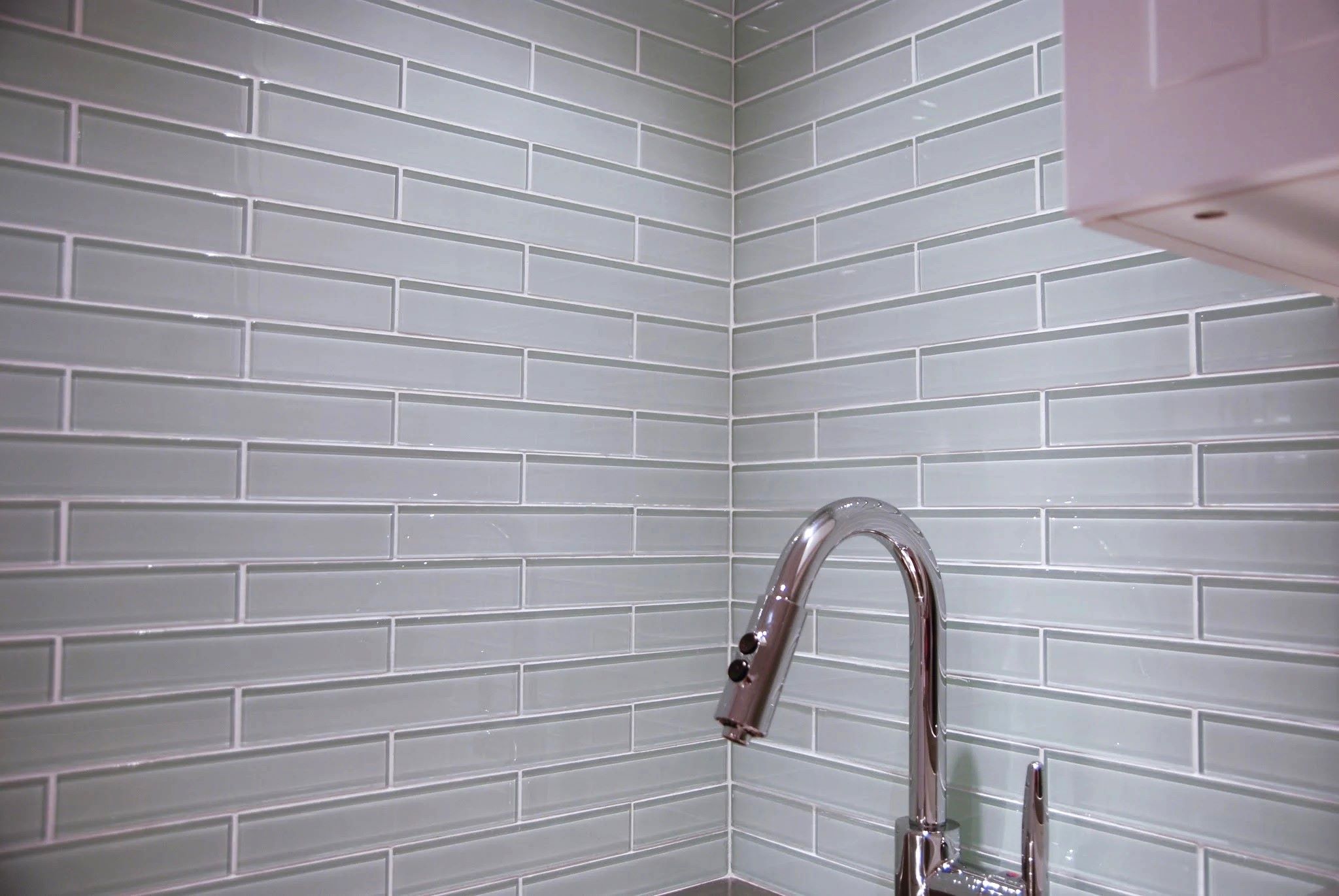
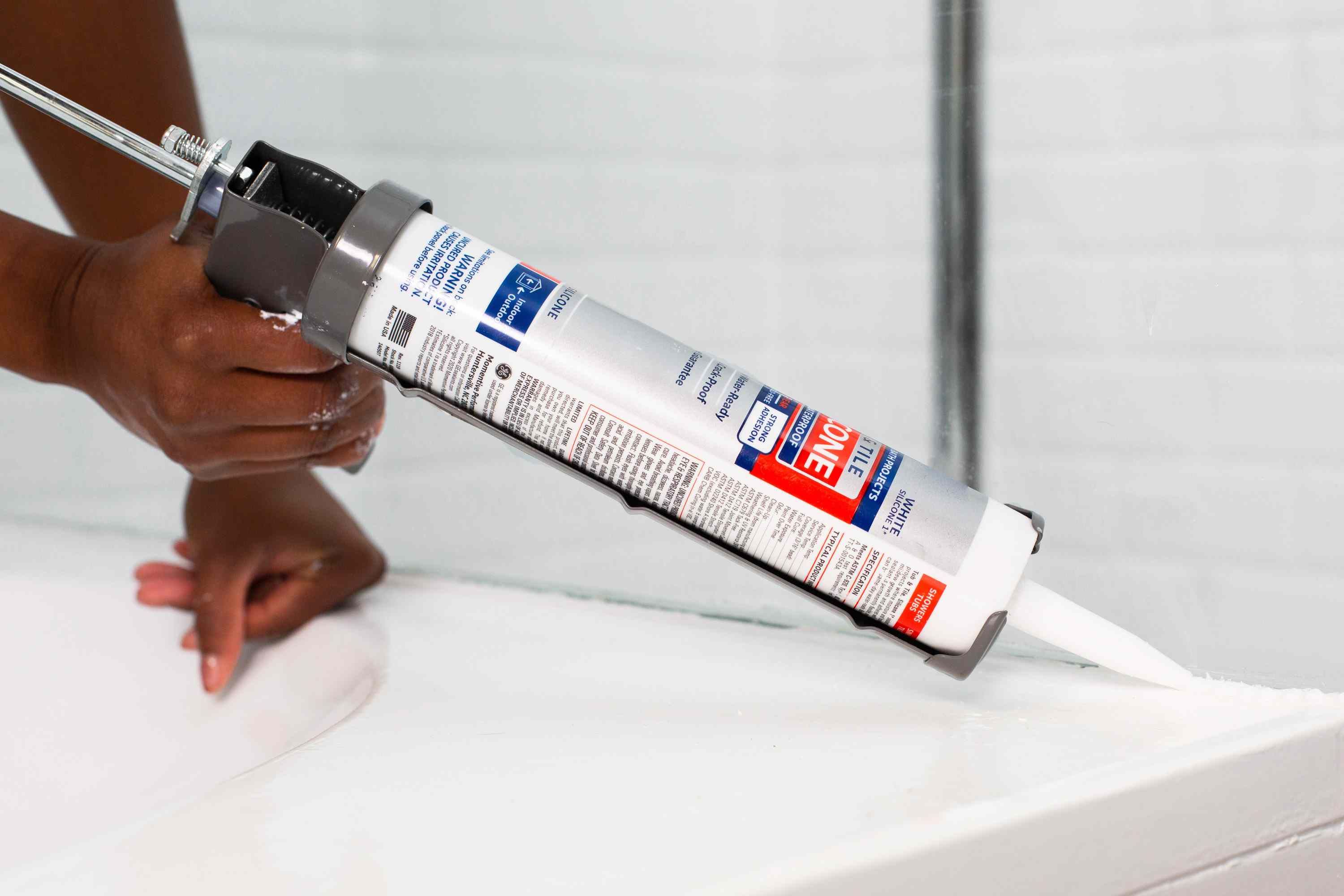
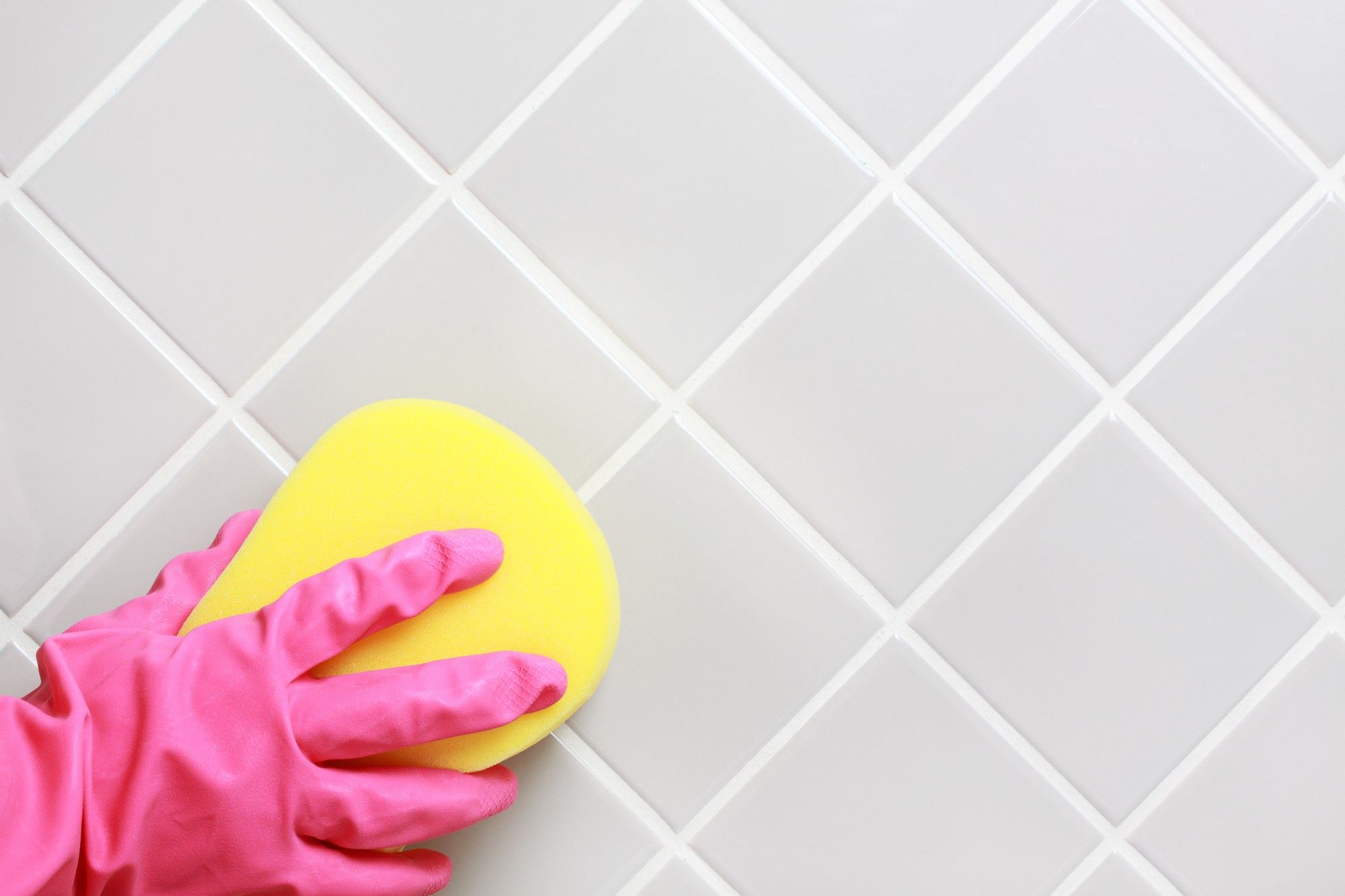
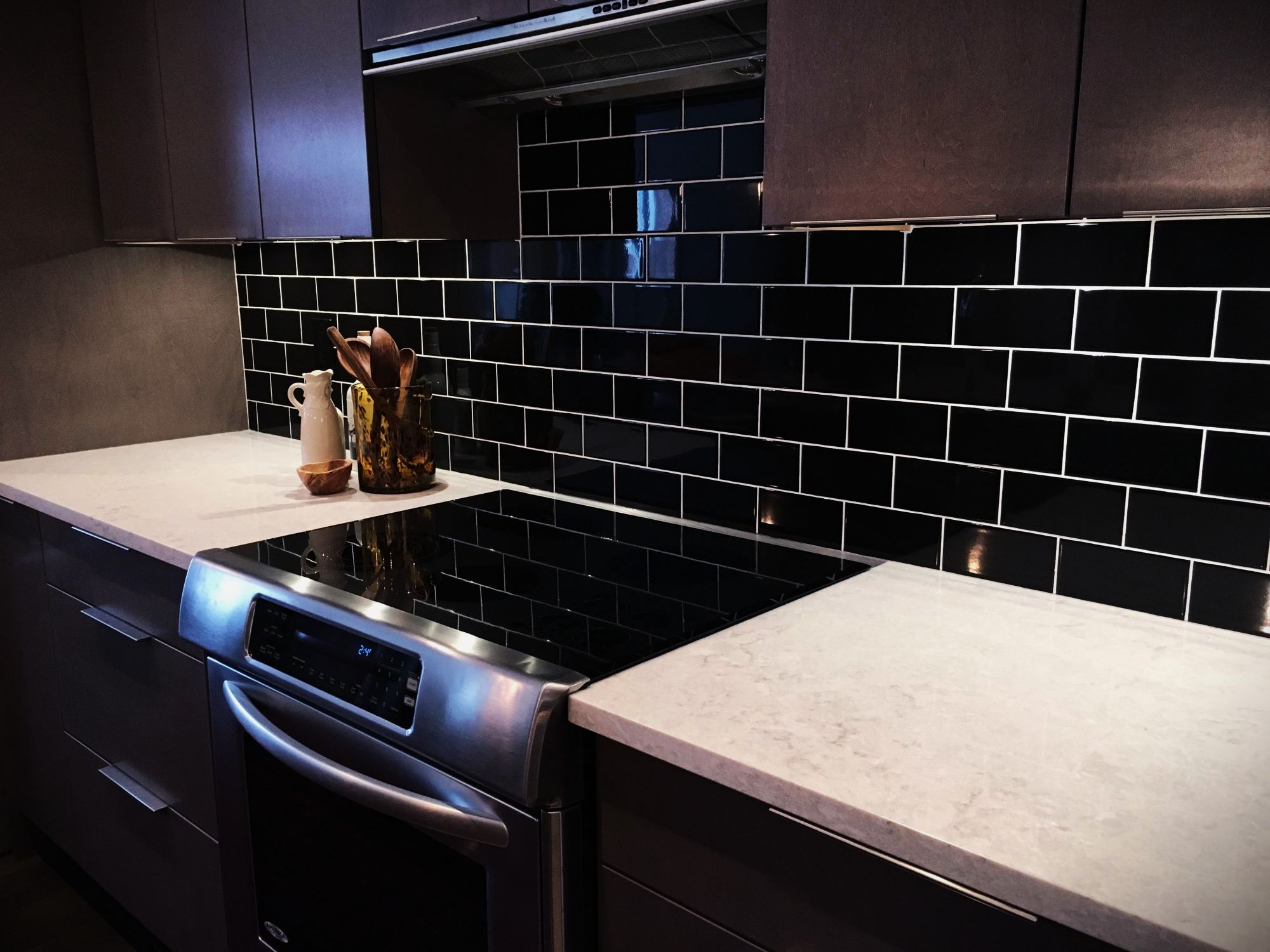
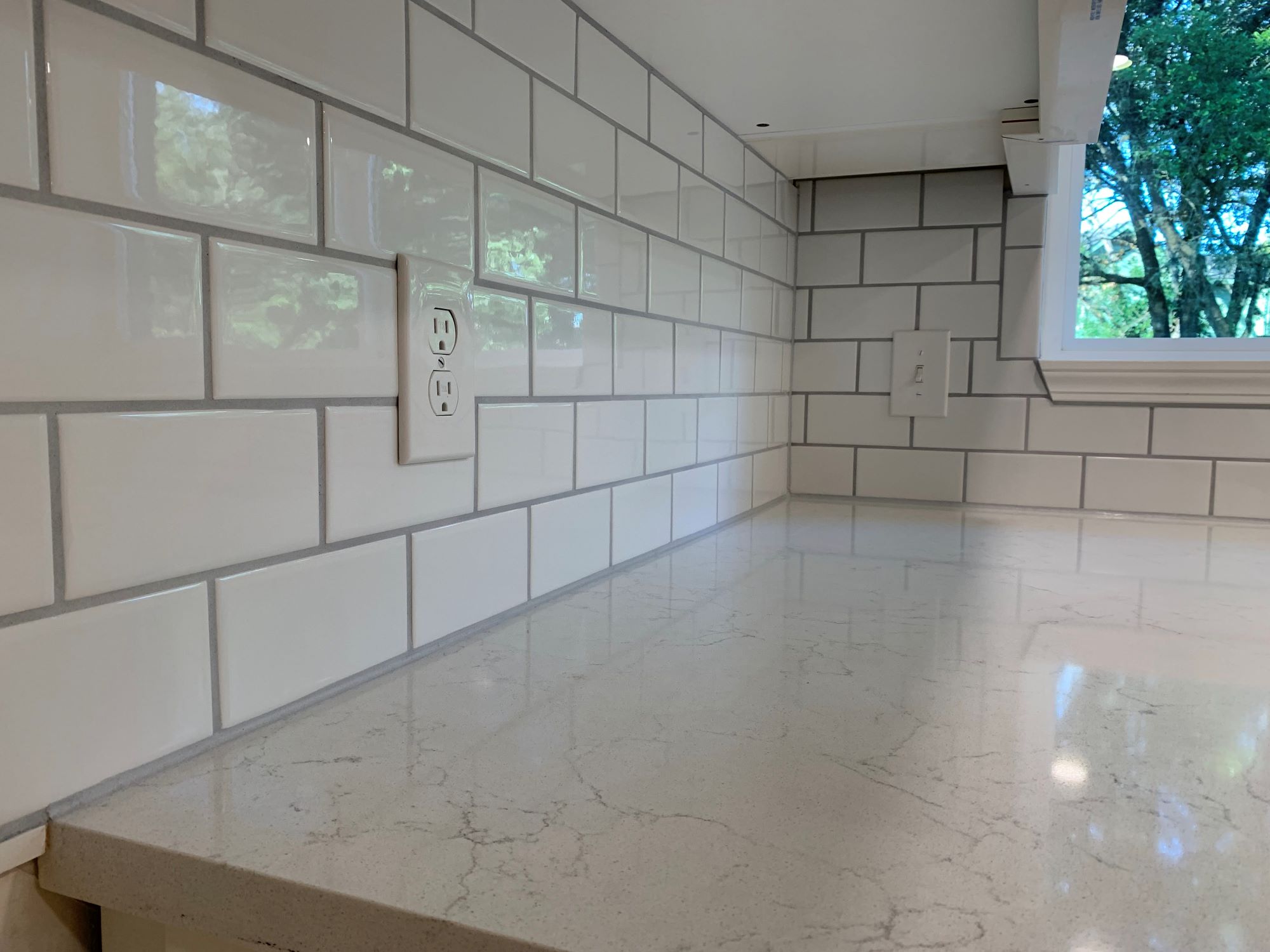
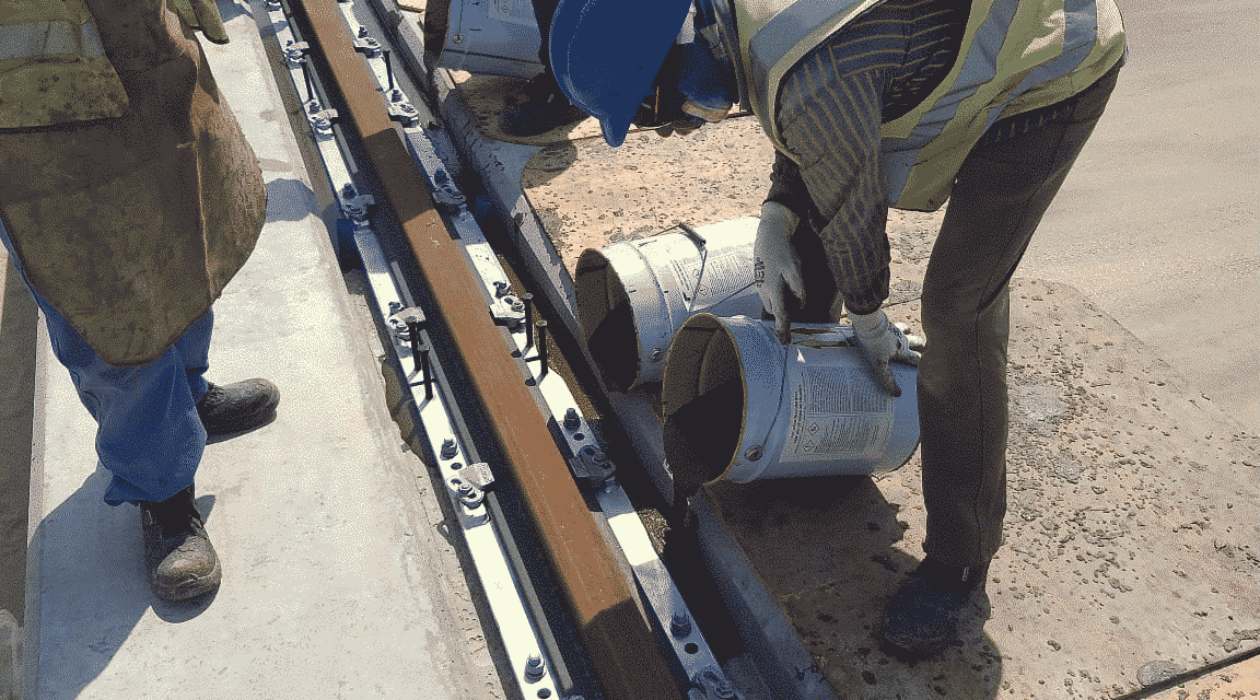

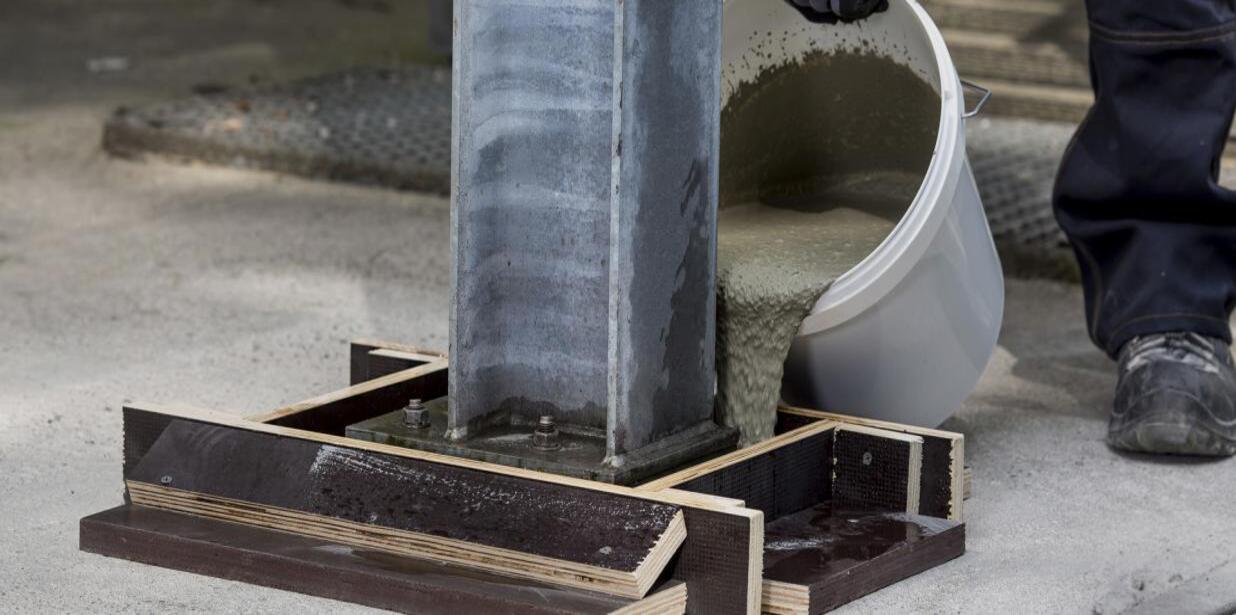
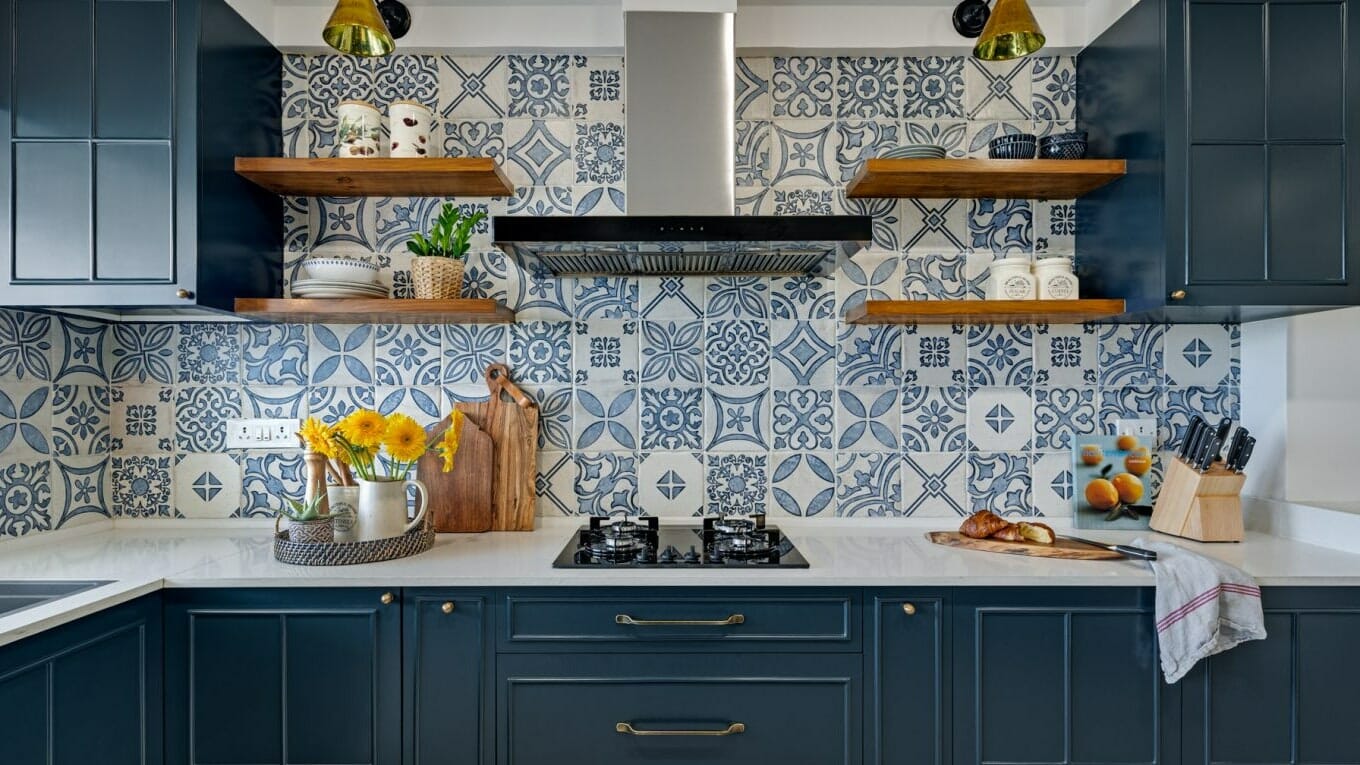

0 thoughts on “What Type Of Grout For Kitchen Backsplash”